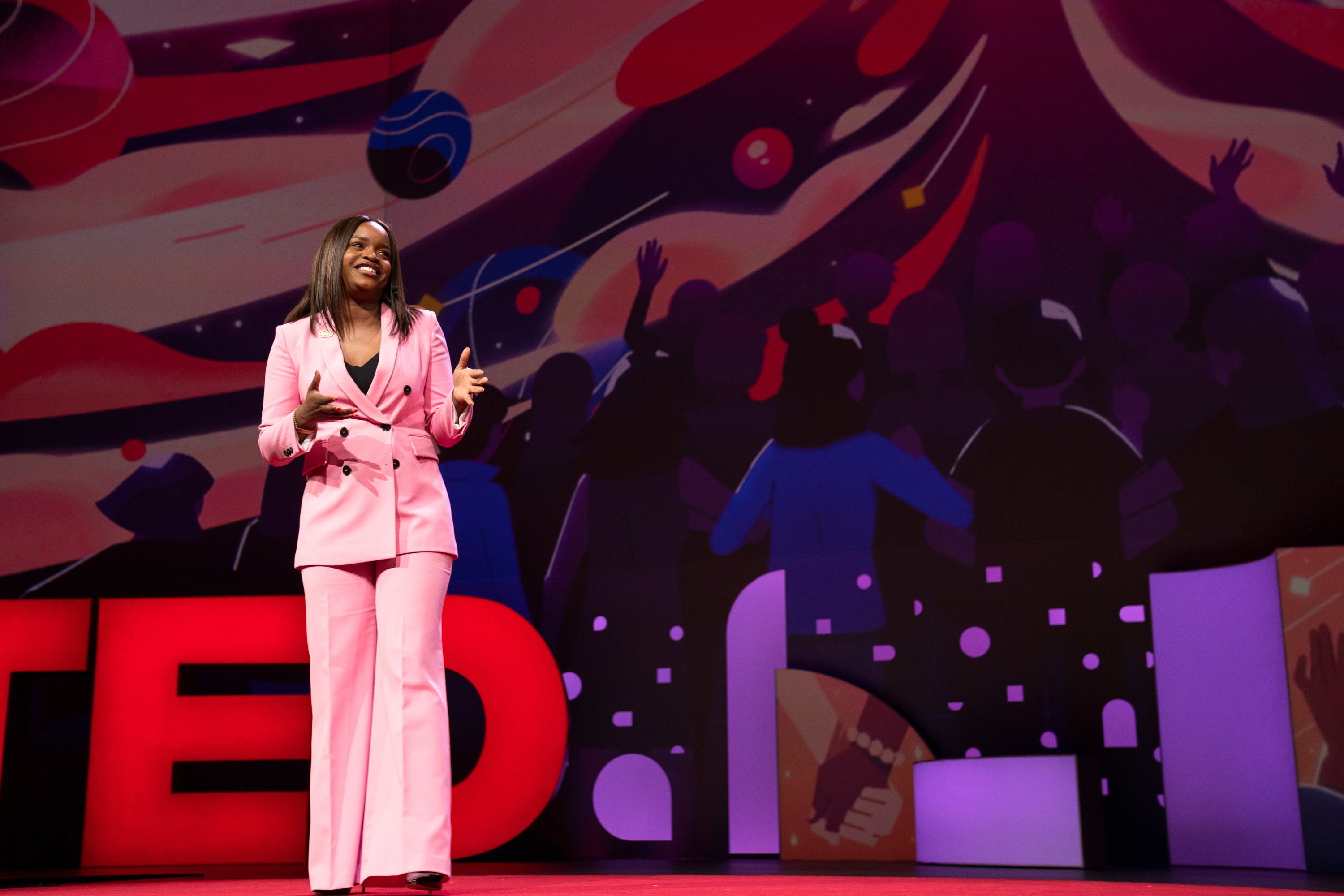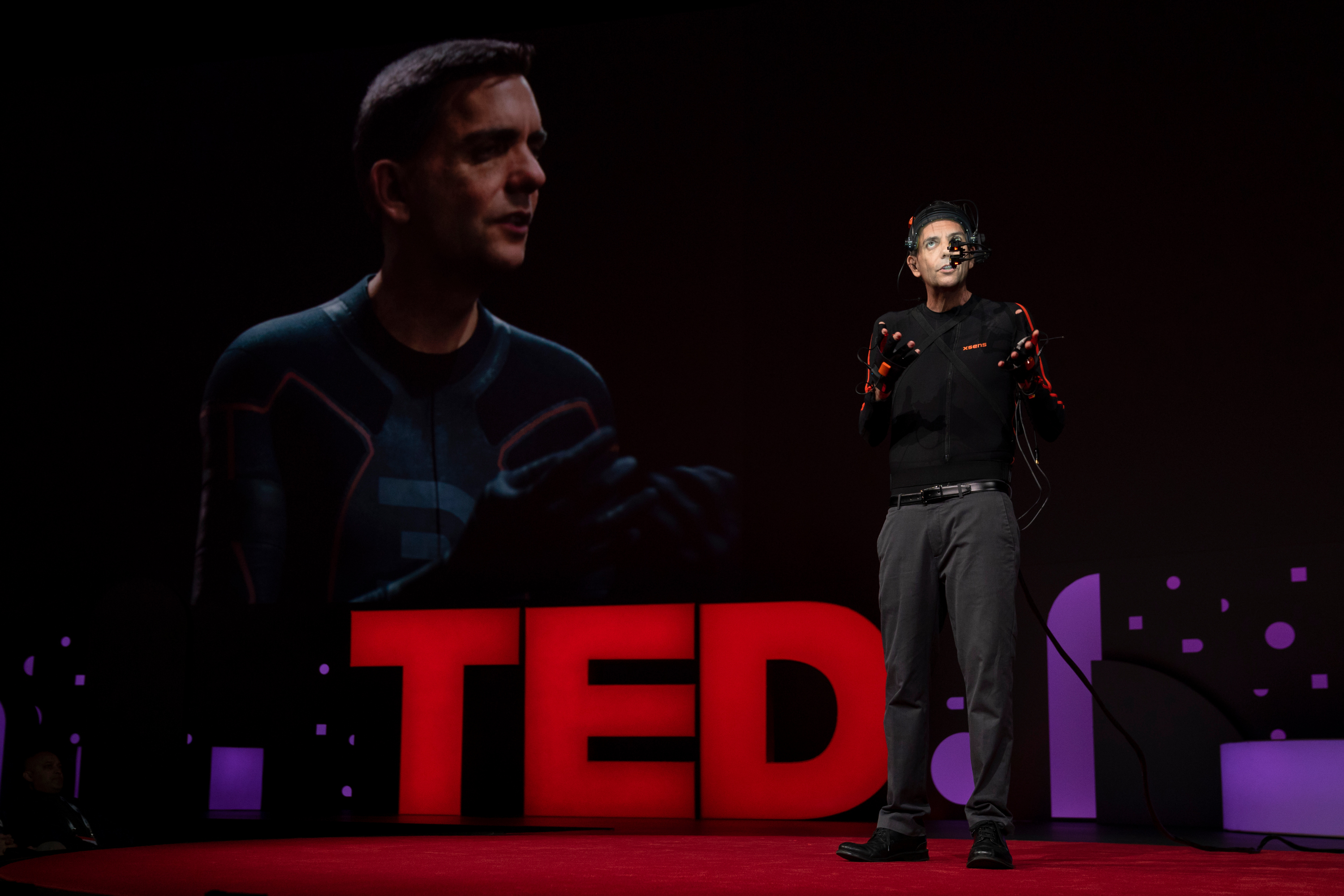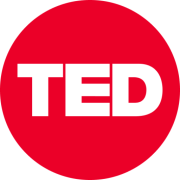https://blog.ted.com/intelligence-notes-from-session-3-of-ted2019/
- |
Session 3 featured a dazzling celebration of intelligence — from the knowledge coded in our DNA (and a new way we could rewrite it) to one of the most astonishing tech demos ever seen at TED. Let’s jump right in.
The event: Talks and performances from TED2019, Session 3: Intelligence, hosted by TED’s Chris Anderson.
When and where: Tuesday, April 16, 2019, 11:15am, at the Vancouver Convention Centre in Vancouver, BC.
Speakers: David Deutsch, David R. Liu, Brittany Packnett, Roger Hanlon, Derren Brown and Doug Roble
The talks in brief:
Physicist, author, Oxford professor and father of quantum computing David Deutsch, who delivered his talk via a remote-controlled robot
- Big idea: Within a few short centuries, humans have permanently transformed the Earth. Yet for billions of years, the rest of the cosmos has remained largely unchanged. Why is that? The answer lies in the one thing that fundamentally sets us apart: our ability to attain knowledge.
- How? As humans, we can wrap our minds around just about any problem imaginable. (It’s why Einstein could predict the existence of black holes without ever seeing one, for instance.) Deutsch calls this unique skill of ours “explanatory knowledge,” and it’s driven the immense progress of the past few hundred years — inventions, new behaviors, novel ideas — along with the physical, large-scale changes we’ve left to the Earth. In other words: humans are small beings that can have a massive impact on big things. On the cosmic scale, however, it’s a different story: massive, powerful things strongly affect lesser things, and not vice versa. (A comet that hits the sun is vaporized, while the sun carries on as before.) The last 13 billion years have been dictated by this principle, leading to very few grand cosmological changes — i.e., little novelty — in the universe. Yet we have the power to buck that trend, Deutsch says: with our explanatory knowledge, we can push back against the “great monotony” of the universe, reshape the future of the galaxy — and start looking beyond.
- Quote of the talk: “Humans are not playthings of cosmic forces. We are users of cosmic forces.”
David R. Liu, chemist, biologist, pioneer of genome editing
- Big idea: We hear a lot about CRISPR, the chemical scissors with which we can cut genetic code. But what if we could use CRISPR to find flawed DNA sequences — and instead of snipping them out, simply correct them? Base editing could be that red editing pencil, and once fully developed, it could cure many genetically transmitted diseases.
- How? Liu and his colleagues created chemically engineered proteins that correct sequence-scrambling mutations in DNA. Having made its corrections, this base editor then “tricks” the cell into building stable DNA out of the new sequence. For now, only a few editors exist, and have only been used in plants and animals. But once more are discovered — and scientists solve some formidable practical challenges — they could revolutionize genetic medicine.
- Quote of the talk: “Thanks to a relentlessly dedicated group of students who were creative enough to engineer what we could design ourselves, and brave enough to evolve what we couldn’t, base editing has begun to transform that science fiction-like aspiration into an exciting new reality.”

Confidence invites us to perform with certainty, to operate differently when we’re sure we can win. Brittany Packnett lays out the three things you need to grow your confidence as she speaks at TED2019: Bigger Than Us on April 16, 2019 in Vancouver, BC, Canada. (Photo: Bret Hartman / TED)
Brittany Packnett, educator and activist
- Big idea: Confidence is key to pursuing our goals. How can we develop and maintain it — especially in the students who most need it as they grow? Prioritize three things — permission, community and curiosity.
- How? As a teacher of low-income students of color, Packnett noticed that her students weren’t developing the confidence they needed to navigate the world. She realized that to build the muscles of confidence, you need three things: the permission to grow, a community to lean on and support you, and the curiosity to explore and grow in confidence. When we create environments that fulfill these three needs, Packnett says, we can boost our confidence — and accomplish our dreams.
- Quote of the talk: “Confidence is the difference between being inspired and actually getting started, between trying and doing until it’s done. Confidence helps us keep going, even when we’ve failed.”
Roger Hanlon, marine biologist and expert on camouflaged deep-sea creatures
- Big idea: Cephalopods, like squid, octopus and cuttlefish, evolved without vertebrae in the murky mystery of the deep. Their remarkable neurological systems may be evidence of an entirely new type of evolutionary intelligence.
- How? These creatures have astonishing intellect and cognitive skills: decision-making, dynamic camouflaging, memorization — they even experience REM sleep (and potentially dream) — much of which is made possible by their advanced RNA. Cephalopods, they’re sort of like us! Hanlon and his team see huge potential in studying their big brains and marvelous, morphing skin (an octopus’s brain, for example, contains 35 lobes and 80 million neurons, while its skin is home to 300 million neurons). These evolutionary tricks might just lead to breakthroughs in AI, fabrics, cosmetics and beyond.
- Fun fact: While on the hunt for prey, cephalopods can make more than 200 complex camouflaging decisions in the scope of two hours. And they do this multiple times a day.
Derren Brown, illusionist and mentalist
- Big idea: Magic is a great analogy for how we dream up reality in our own heads, forming a story and then mistaking that story for the truth.
- How? Brown’s talk includes a performance that … well, you’ll have to see it to believe it. He describes the practice of mentalism as “the dubious art of getting inside your head.” Humans are, he says, story-forming creatures: we live by the stories we tell ourselves, or the ones we inherit — that we need to be successful to be loved, perhaps, or that we have a terrible secret we must keep. They are, to us, utterly convincing. Brown’s job is also to tell us a story that we’ll believe, but performing reminds him to avoid reducing people to neat characters in the actual world and “to be more alive and alert to the complexity and subtlety of what’s real.”
- Quote of the talk: “We’d worry a lot less about what other people think about us if we realized how seldom they do.”

Doug Roble debuts his team’s breakthrough motion capture tech, which renders a 3D likeness in real time — down to Roble’s facial expressions, pores and wrinkles. He speaks at TED2019: Bigger Than Us on April 16, 2019 in Vancouver, BC, Canada. (Photo: Bret Hartman / TED)
Doug Roble, senior director of software R&D at Digital Domain, the Academy Award–winning visual effects studio in Los Angeles, California
- Big idea: The future of motion capture is here and it looks … just like us.
- How? The usual suspects: machine learning, deep neural networks and gargantuan amounts of data. Over a year of intense video recording, Roble offered all the facial expressions he could muster to create an exact digital rendering of himself. In an astonishing demo, he debuts the software in real time — for the first time ever outside his team’s LA studio — with a complete 3D character of his likeness, accurate down to his pores and wrinkles. The implications of this technology are, he admits, as far-reaching as they are fearsome. By transposing 3D fantastical film characters onto the big screen, the future of film could grow even brighter — but there’s also the threat of designing deepfakes indistinguishable from their real-life counterparts.
- Fun fact: Roble’s team had to collect an immense of data — like, really, an immense amount. Learn more about part of that data-gathering process (the sphere of bright lights) as it was presented in Paul Debevec’s 2009 TED Talk, “Animating a photo-real digital face.”
- Quote of the talk: “Why did we do this? First of all, it is just crazy cool.”
